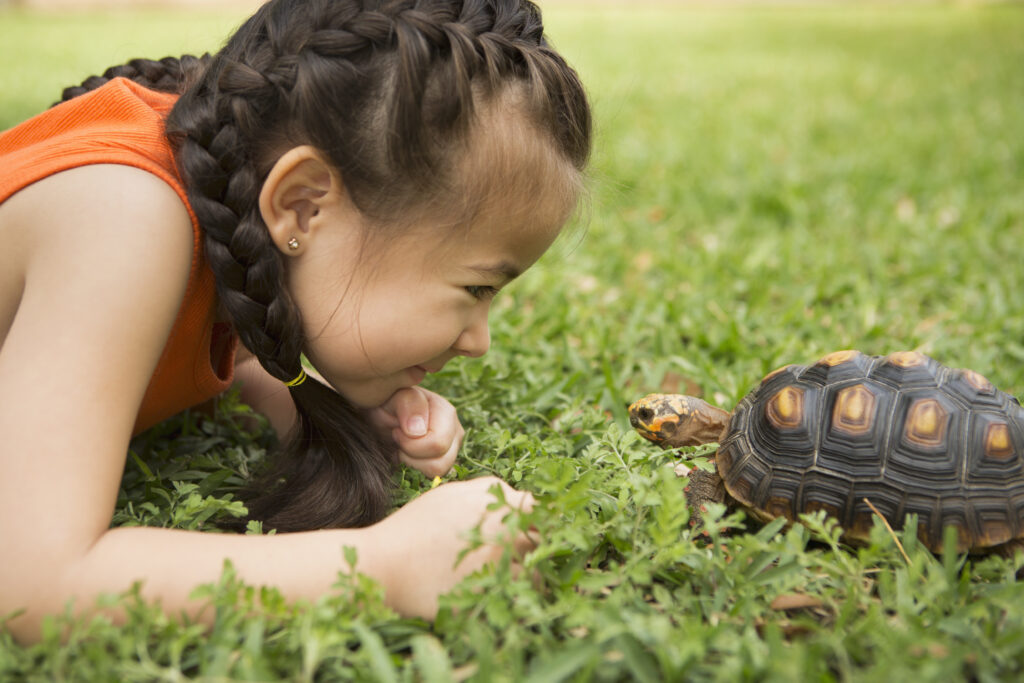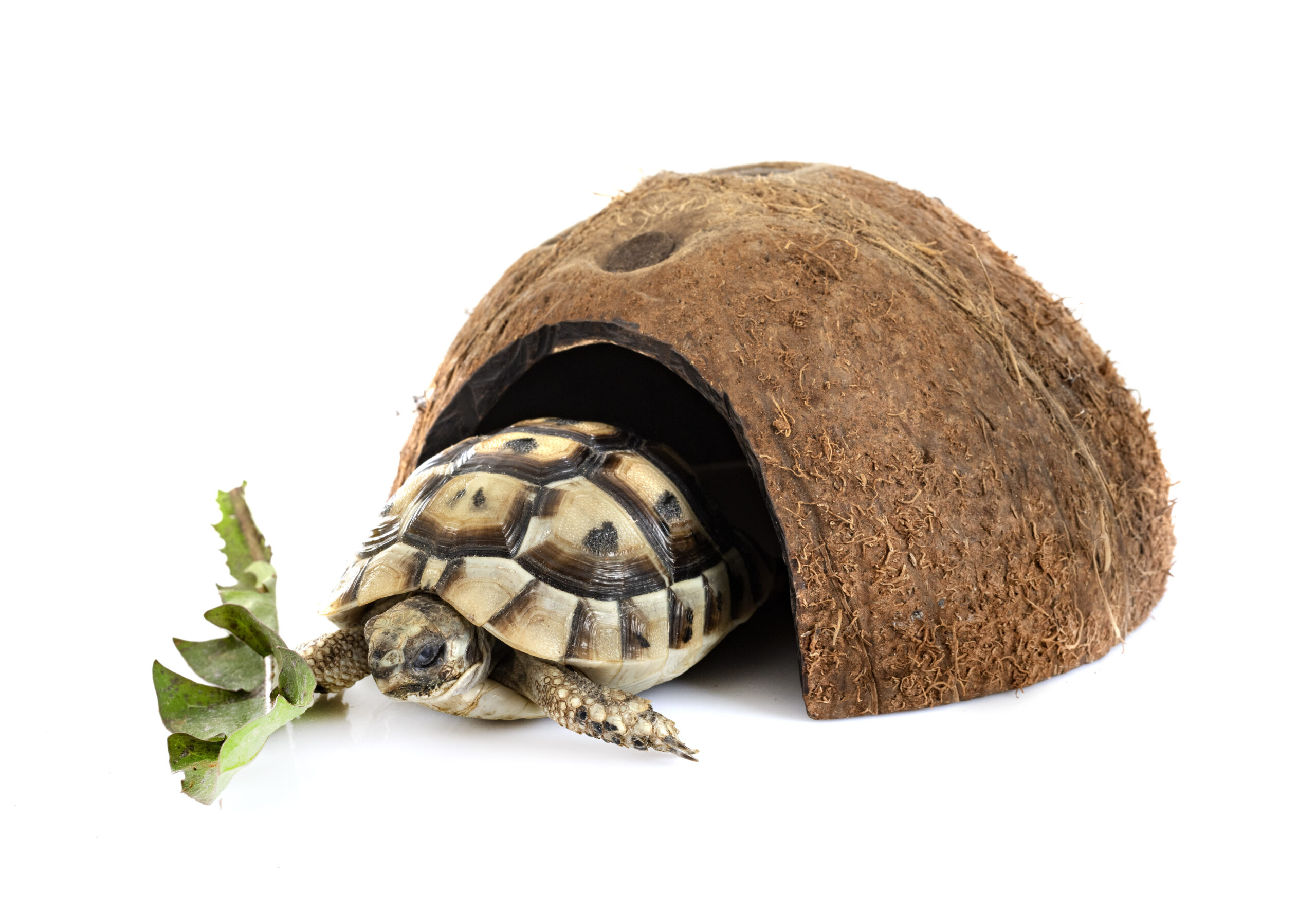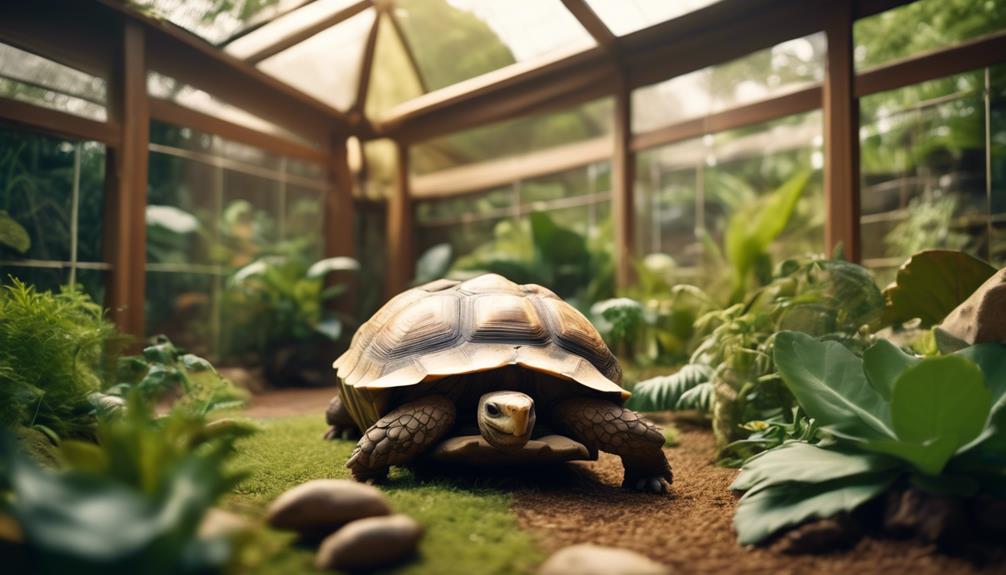Tortoises are among the earth’s most ancient and fascinating creatures. With their sturdy shells and gentle demeanor, they captivate the hearts of wildlife enthusiasts and pet owners alike. This guide aims to explore the various aspects of tortoise life, from their natural habitats to their intriguing behaviors, ensuring safety, and some fun facts that make them unique.
Key Takeaway Table
Aspect Detail Classification Reptiles of the family Testudinidae. Habitat Varies from dry to wet landscapes. Diet Primarily herbivores, diet specifics vary among species. Behavior Docile creatures, exhibit unique behaviors like digging. Safety Require a safe environment to thrive, prone to certain illnesses. Fun Facts Can live over 50 years, some species can’t swim.

Exploring the Habitat
These remarkable shelled beings are known to thrive in a variety of habitats, ranging from arid deserts to lush grasslands. The habitat preferences largely hinge on the specific species. However, irrespective of the species, certain elements are pivotal to create a conducive environment for them to thrive.
Creating a Friendly Environment
A harmonious environment is instrumental for the well-being and longevity of these creatures. Here’s how to ensure the setting is apt for their flourishing:
Temperature Regulation:
Maintaining an optimal temperature range is crucial. An outdoor enclosure should have a sunny spot for basking during the day, while an indoor enclosure will require a heat lamp to mimic the natural warmth of the sun.
Humidity Levels:
Ensuring the right level of humidity is essential, particularly for species native to tropical regions. A humidifier or a simple spray bottle can be used to maintain the required humidity levels.
Fresh Water Access:
Providing a shallow water dish for them to drink from and occasionally wade in is important. The water should be changed daily to keep it clean and fresh.
Shelter:
Providing shelter like small caves or hideouts is vital for their sense of security. It also offers a cool retreat during hot days.
Vegetation:
Incorporating native plants and grasses not only replicates their natural habitat but also provides a source of food and shade.
Substrate:
Choosing the right substrate, like a mixture of sand and soil, allows for natural behaviors like digging and burrowing.
Fencing:
A sturdy fence around the enclosure ensures safety from predators and prevents them from wandering away.
Sleep Patterns: Diurnal Dwellers
Contrary to some beliefs, these shelled friends are diurnal, being active during the day and resting at night. Their sleep patterns and habits are influenced by the environmental conditions of their habitat.

A Closer Look at the Tortoise Diet
The diet of a tortoise is primarily herbivorous, comprising a variety of leafy greens, fruits, and vegetables. However, the specifics of what they can and cannot eat often vary among different species. A balanced diet is crucial for maintaining a tortoise’s health, ensuring they receive the necessary nutrients for growth and longevity.
What to Feed Your Shelled Friend
Understanding the dietary needs of a tortoise is pivotal for any owner. From leafy greens to occasional fruits, knowing what to feed your tortoise is a journey of discovery. Dive deeper into the world of tortoise nutrition here.
Key Takeaway Table
Aspect Detail Preferred Foods Mostly herbivores, enjoy leafy greens, fruits, and vegetables. Feeding Schedule Varies among species, young tortoises eat daily. Supplements May require calcium or vitamin supplements for a balanced diet.
Understanding Tortoise Behaviour
Tortoises are generally docile and slow-moving creatures. They have unique behaviors that set them apart from other reptiles. From the way they interact with their environment to how they respond to humans, understanding tortoise behavior can be a fascinating exploration.
Tortoise Intelligence: Debunking Myths and Misconceptions
Often underestimated, the intelligence of tortoises is a subject of numerous myths and misconceptions. Delve into the truth about tortoise intelligence and learn how these ancient creatures navigate their world here.
Ensuring Safety and Wellness
Tortoises, like all creatures, have specific safety and health requirements. Understanding and addressing these needs is crucial for a tortoise to live a long, healthy life.
Cold-Blooded Nature and Body Temperature Regulation
Tortoises are cold-blooded animals, and as such, their body temperature regulation is influenced by their environment. Discover how tortoises manage their body temperature and the role of basking here.
Ethical Considerations: Owning a Shell-less Tortoise
The idea of owning a shell-less tortoise may intrigue some, but it comes with ethical considerations and challenges. Explore the implications of owning such a unique pet here.
Key Takeaway Table
Aspect Detail Temperature Regulation Bask in the sun to warm up, shade and burrows to cool down. Common Health Issues Respiratory infections, shell problems, parasites. Ethical Considerations Ethical implications of owning a shell-less tortoise.
Discovering Fun Facts
Tortoises are creatures full of surprises, embodying a plethora of intriguing facts that reflect their unique nature and resilience. Here, we unravel some astonishing facts about these ancient creatures that continue to fascinate wildlife enthusiasts and researchers alike.
Longevity: How Long Can a Tortoise Live?
Tortoises are among the longest-living creatures on earth. Their impressive longevity is often attributed to their slow metabolism and herbivorous diet. Some species, like the Aldabra Giant Tortoise, have been known to live for over 150 years. Delve into the mystery of tortoise lifespan here.
Shell Coloration: A Window to Their Origin
The color of a tortoise’s shell is more than just a visual marvel; it often indicates the region from which the tortoise originates. For instance, tortoises from warmer climates tend to have lighter-colored shells that reflect sunlight, helping them regulate their body temperature.
Tortoises and Hibernation: A Survival Strategy
Some species of tortoises hibernate during the colder months as a survival strategy. During hibernation, their metabolic rate slows down significantly, allowing them to survive without food or water for extended periods.
Swimming Abilities: Can Tortoises Swim?
Unlike their aquatic cousins, not all tortoises are adept swimmers. Their heavy legs, large bulky shells, and flat feet make swimming a challenge. However, some species have adapted to wetter habitats. Unravel the science behind tortoise swimming here.
Tortoises in Space: A Stellar Journey
In 1968, the Soviet Union launched a spacecraft carrying tortoises to orbit the Moon. The tortoises returned to Earth safely, providing valuable insights into how organisms cope with space travel.
Tortoises’ Sense of Hearing: Tuned to Vibrations
Tortoises have a unique sense of hearing. Unlike humans, they perceive sound more through vibrations than through auditory signals, enabling them to sense the approach of potential predators or humans.
In this section, we’ve barely scratched the surface of the fascinating world of tortoises. Their intriguing biology and ability to adapt to varying environmental conditions make them a remarkable subject of study and admiration.

Conclusion
The world of tortoises is as diverse as it is fascinating. From their unique behaviors to their dietary needs, ensuring safety, and the amusing facts that make them special, there’s a lot to discover and appreciate about these ancient creatures. As we delve deeper into understanding tortoises, we not only learn about them but also about the intricate tapestry of life they are part of. Whether you are a tortoise enthusiast or a curious reader, the journey through the wonderful world of tortoises is bound to leave you with a sense of awe and admiration.





